The great rehearsal sowed the seeds of victory
From February 3 to 7, 1930, in Kowloon (Hong Kong, China), under the chairmanship of comrade Nguyen Ai Quoc, a conference was held to unify three communist organizations in Vietnam, namely the Indochinese Communist Party, the Annam Communist Party, and the Indochinese Communist Federation, into a single party, the Communist Party of Vietnam . The conference approved the Party's Brief Platform, Brief Strategy, Brief Program, and Brief Statute. February 3, 1930 became the founding day of the Communist Party of Vietnam.
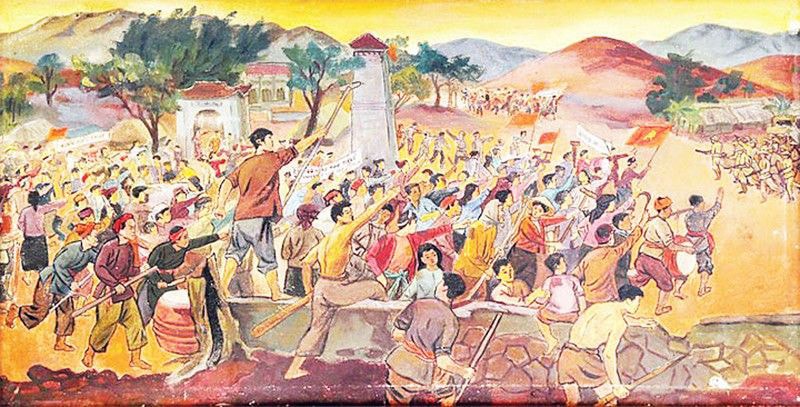
Immediately after its founding, the Communist Party of Vietnam began organizing a struggle movement. In Nghe An and Ha Tinh (where there was a patriotic movement, a strong tradition of struggle, and a large working class), Party cells were soon formed and directly led the masses.
The Party launched strikes, demonstrations, and rallies, starting with Vinh - Ben Thuy workers in March 1930, then spreading throughout Thanh Chuong, Nam Dan, Hung Nguyen, Can Loc, Nghi Loc districts... The Party's slogans such as: "Down with French imperialism!", "Down with feudal lackeys!", "Land for tillers!", "Increase wages, reduce working hours!" directly responded to the aspirations of the masses, creating a strong attraction.
Under the leadership of the Party cells, the movement developed to a high level: Vinh - Ben Thuy workers and tens of thousands of farmers in Nghe Tinh countryside rose up, breaking the chains of colonial and feudal oppression. The enemy government in many communes and districts was paralyzed and disintegrated, instead the people established "Revolutionary People's Committees" - Soviet governments of the people, by the people, for the people. The Soviet government implemented many progressive policies: dividing public land to the poor, abolishing unreasonable taxes, organizing red self-defense forces, building a new cultural life...
Although it only existed in its rudimentary form, the Soviet movement demonstrated the ruling capacity of the working class and peasantry under the leadership of the Party; affirmed the irreplaceable position of the Communist Party of Vietnam in the national liberation movement; and showed that the Party's correct line was capable of turning into large-scale revolutionary action...
Although the Nghe Tinh Soviet was bloodily suppressed, the movement “tempered the cadres and trained the masses”. The Nghe Tinh Soviet was not only the “first general rehearsal” of the people’s national democratic revolution, but also a testament to the strong vitality of the worker-peasant movement under the leadership of the Party.
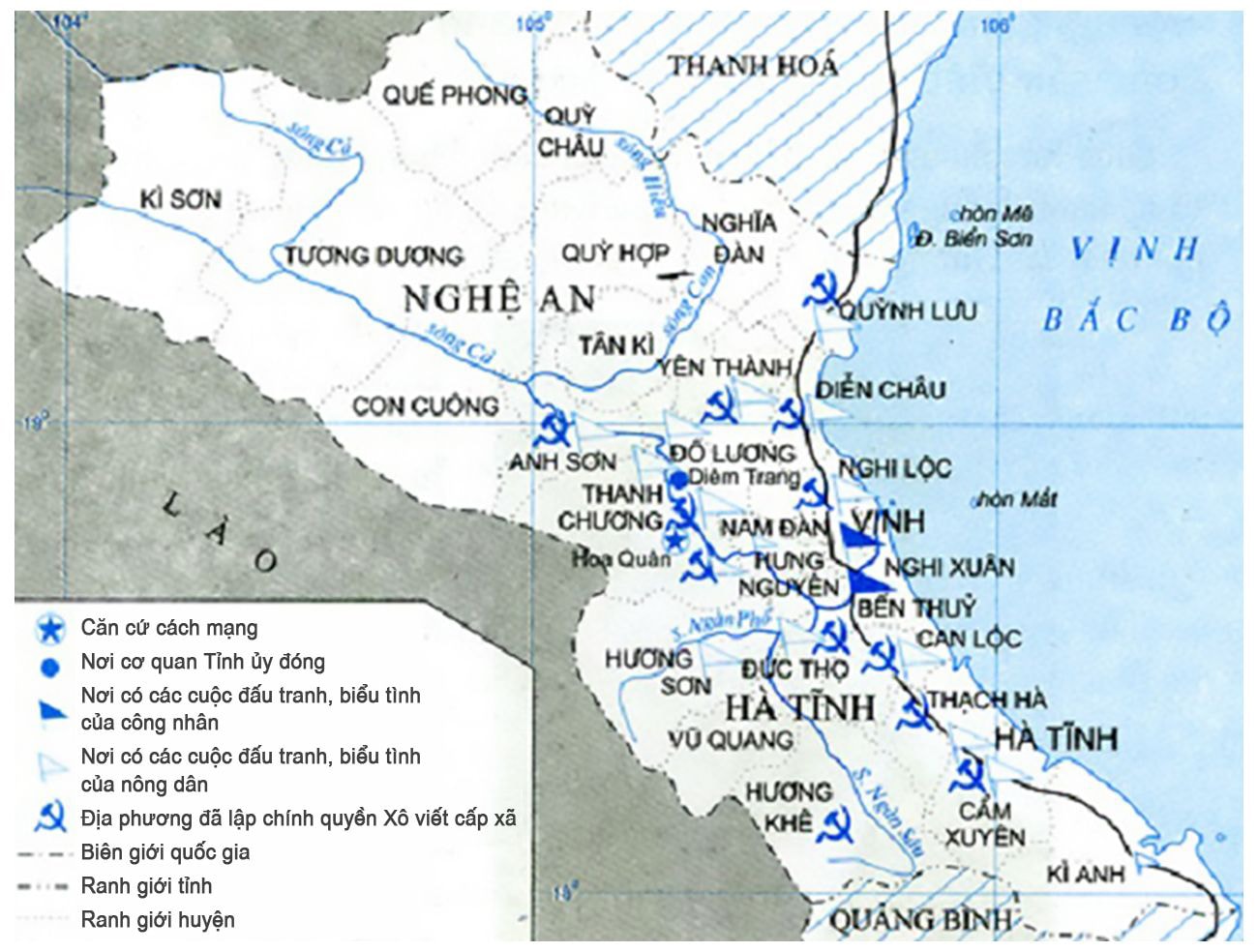
Going beyond the space of Vietnam, the revolutionary movement of 1930-1931 and the Nghe Tinh Soviet were the first worker-peasant revolutionary movements to break out in the world colonial system, attacking the strongholds and shaking the domination of French colonialism and feudalism in Indochina. Through that, the prestige of the Communist Party of Vietnam was enhanced in the international communist and workers' movement, becoming a bridge connecting the Vietnamese revolution with the world revolutionary movement.
The Nghe Tinh Soviet was truly the source, sowing the seeds, creating the premise for the victory of the August Revolution in 1945.
Although the French imperialists suppressed that movement in a sea of blood, the Nghe Tinh Soviet demonstrated the heroic spirit and revolutionary capacity of the Vietnamese working people. Although the movement failed, it forged the forces for the later victorious August Revolution.
President Ho Chi Minh
Open a new era of the nation
Looking at history, it can be seen that Nghe An - Ha Tinh is one of the first cradles of primitive people in Vietnam; it is a miniature image of the country. Nghe An - Ha Tinh has many times "taken the lead, paved the way" in uprisings and wars of national liberation. From the Hoan Chau uprising of Mai Thuc Loan, the Can Vuong movement with Phan Dinh Phung, to the Dong Du and Duy Tan waves of Phan Boi Chau... Nghe An - Ha Tinh not only produced many movements, but also fostered human qualities: diligence, frugality, courage, frankness, and determination. It was these qualities that made tens of thousands of farmers ready to face enemy bullets in 1930 - 1931.
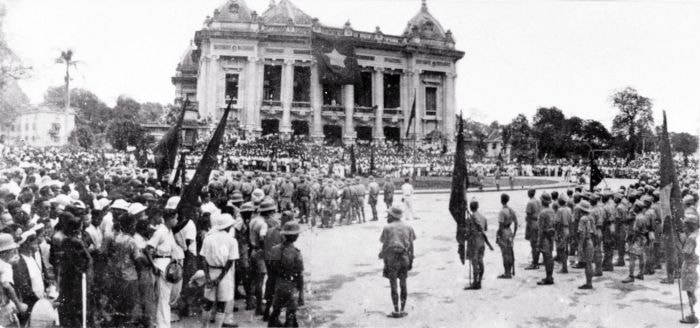
Those movements and human qualities have been nurtured for thousands of years, becoming thick sediments, then exploding into the revolutionary climax of 1930-1931 and the peak of the Nghe Tinh Soviet. Like the previous movements, the Nghe Tinh Soviet flame never died out but continued to smolder in each subsequent movement, building up strength so that by the fall of 1945, the whole of Nghe Tinh was boiling with the spirit of the General Uprising, joining the great rhythm of the whole nation to create the great August Revolution.
On August 13, 1945, the Emperor announced his unconditional surrender to the Allies. The news was like a strong wind blowing up a fire that had been brewing for many years. The Nghe-Tinh Uprising Committee issued an uprising order, and bright red leaflets called for: “All compatriots, unite under the red flag with yellow star of the Viet Minh, overthrow the traitorous Vietnamese government, establish a revolutionary people's government…”.
The whole Nghe An - Tinh region was in an uproar. Nights of rallies, speeches, and marches followed one another. The red flag with the yellow star fluttered on village communal houses, on rooftops, and on tall trees. In Vinh, the uprising on August 21, 1945 took place like a great festival - the revolutionary government was born amid cheers without a drop of bloodshed. In just 9 days, the entire Nghe An province completed its seizure of power. The revolutionary government was established throughout the entire Nghe An region... Ha Tinh also took only 5 days (August 16 - 21) for the entire government to be in the hands of the people.
The victory of the uprising to seize power in Nghe An and Ha Tinh contributed significantly to the overall victory of the whole country; broke the chains of slavery of the fascist, colonialist and feudal regimes in our country; won independence and freedom for the nation after nearly a hundred years of French colonial rule; changed the lives of the people from miserable slavery to becoming masters of the country; established the Democratic Republic of Vietnam - opening a new era in the history of the nation.
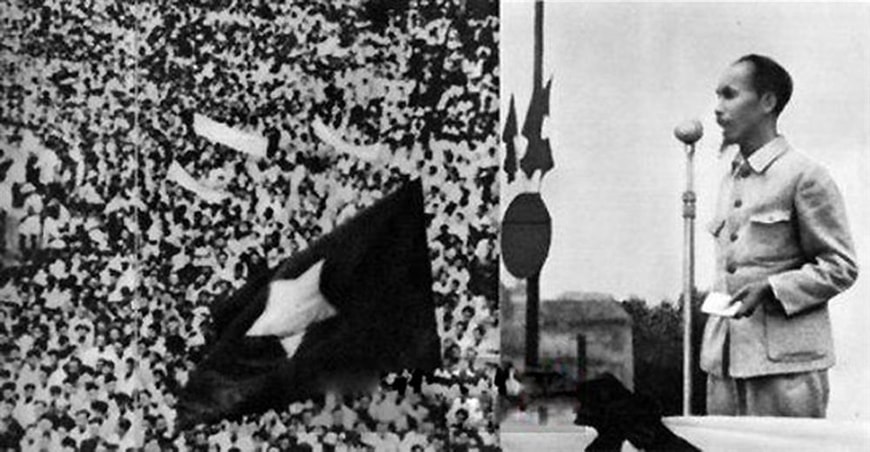
The August Revolution of 1945 was an inevitable continuation of the Nghe Tinh Soviet. Without the “rehearsal” of 1930-1931, it would have been difficult to have the fervent spirit and maturity of the General Uprising of 1945...
Master Nguyen Quoc Hong - Chairman of Nghe An Historical Science Association
The imprints of the Nghe Tinh Soviet and the August Revolution are not only brilliant golden pages in history; but have also become invaluable spiritual assets, adding strength to the industrialization, modernization, and international integration today. It is a lesson about the strength of solidarity, seizing opportunities; it is the belief in the leadership role of the Party, the decisive factor for all victories, the key for the country to enter a new era; it is the aspiration for independence, freedom, and happiness - the unchanging values that make up the vitality of the nation!
Source: https://baonghean.vn/xo-viet-nghe-tinh-cuoc-tong-dien-tap-cho-thang-loi-cach-mang-thang-tam-1945-10304709.html






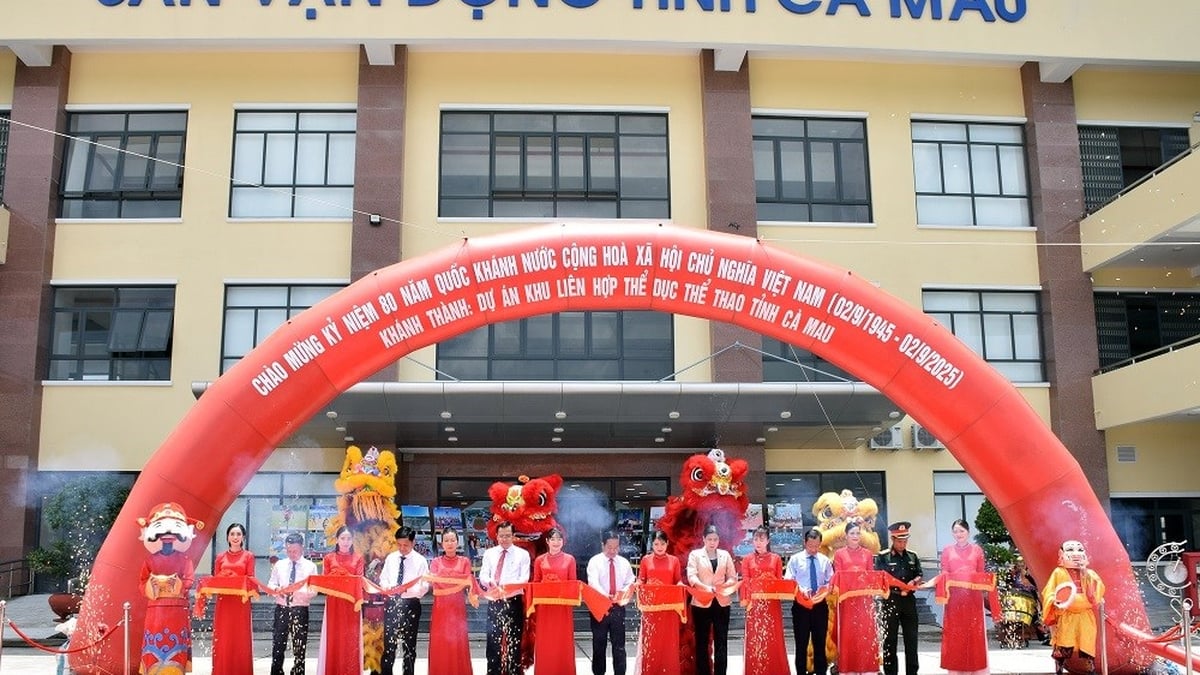
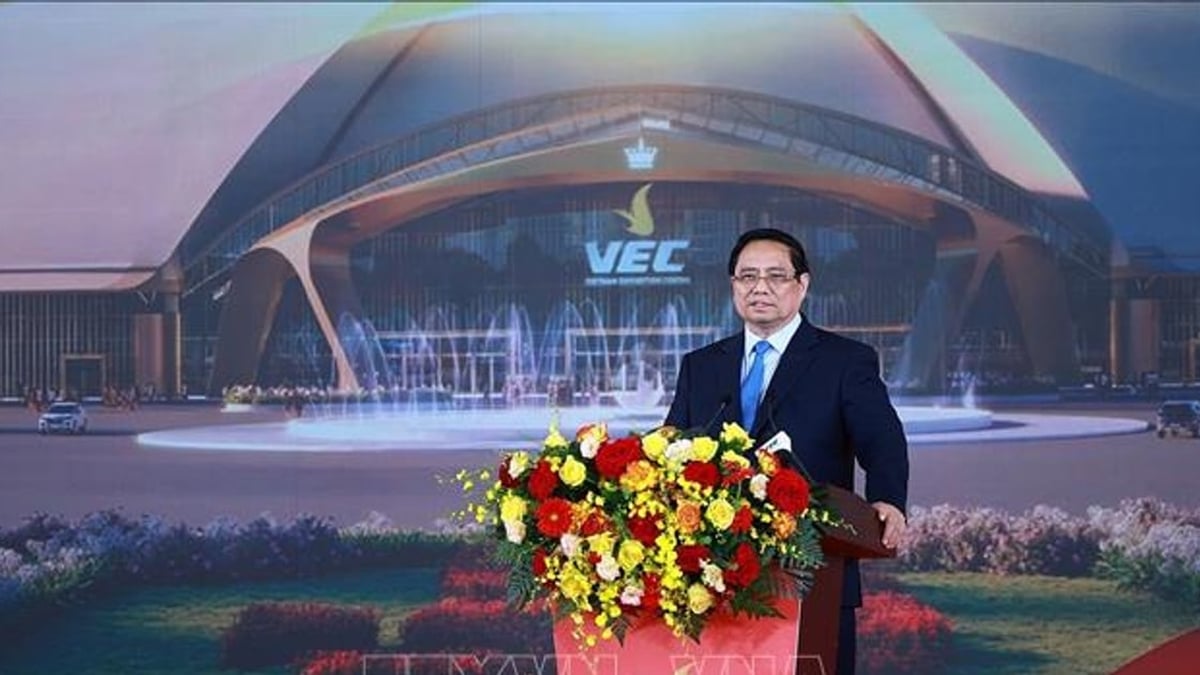
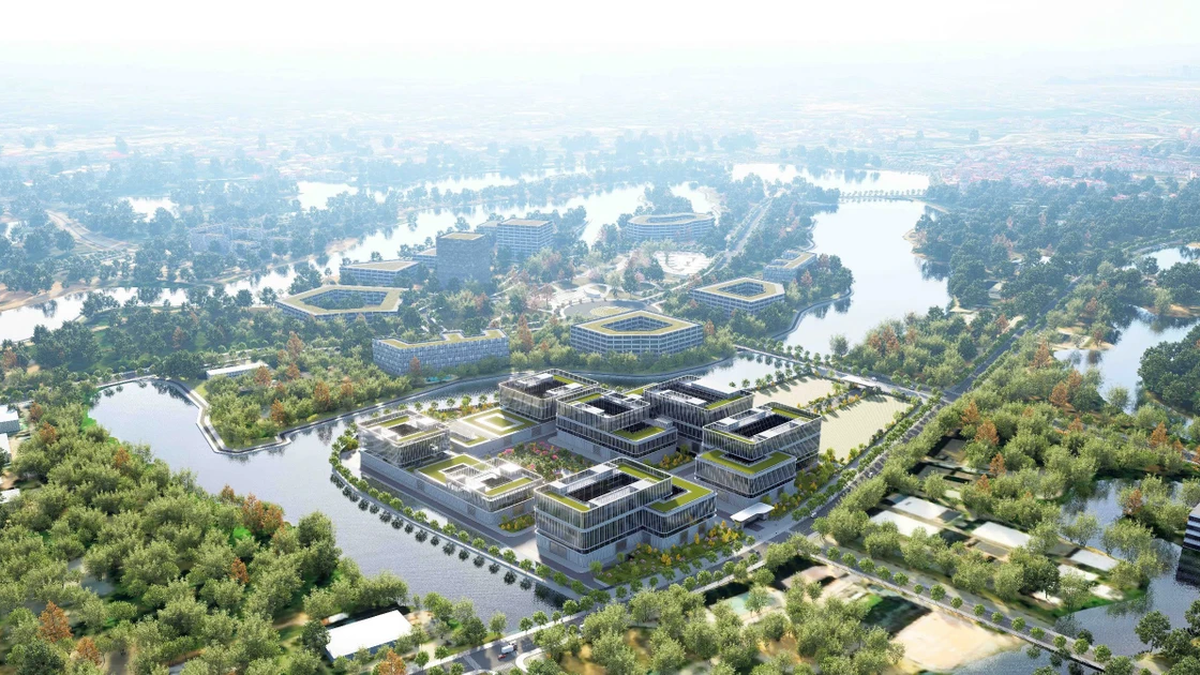
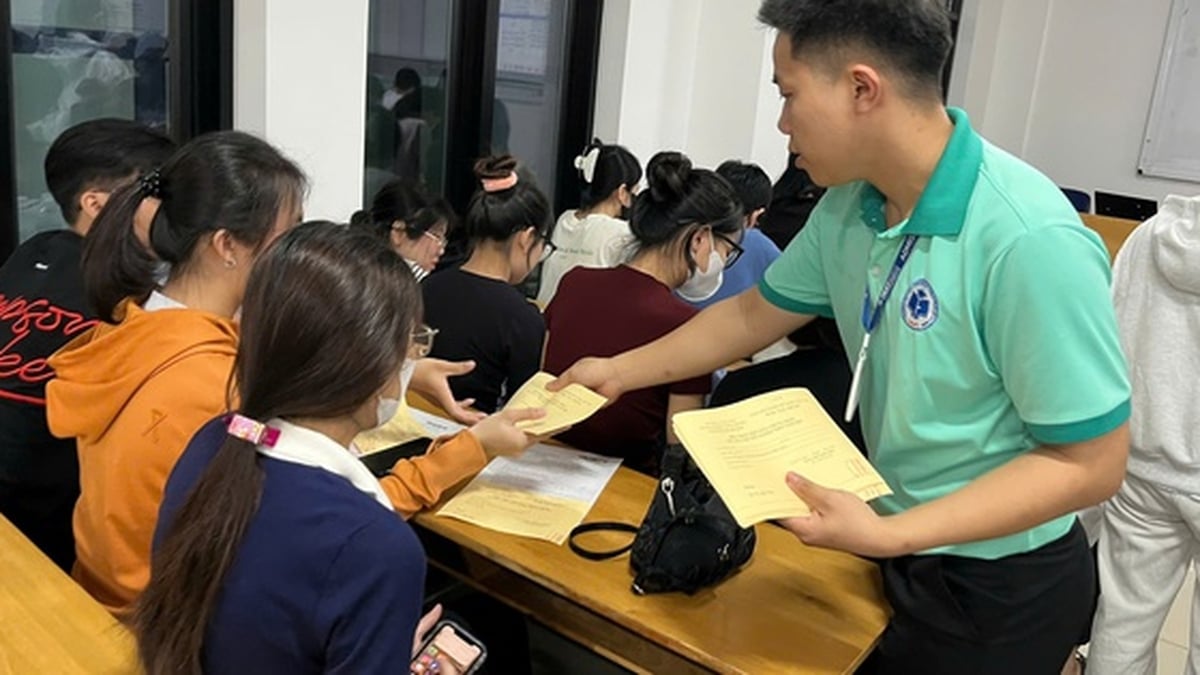












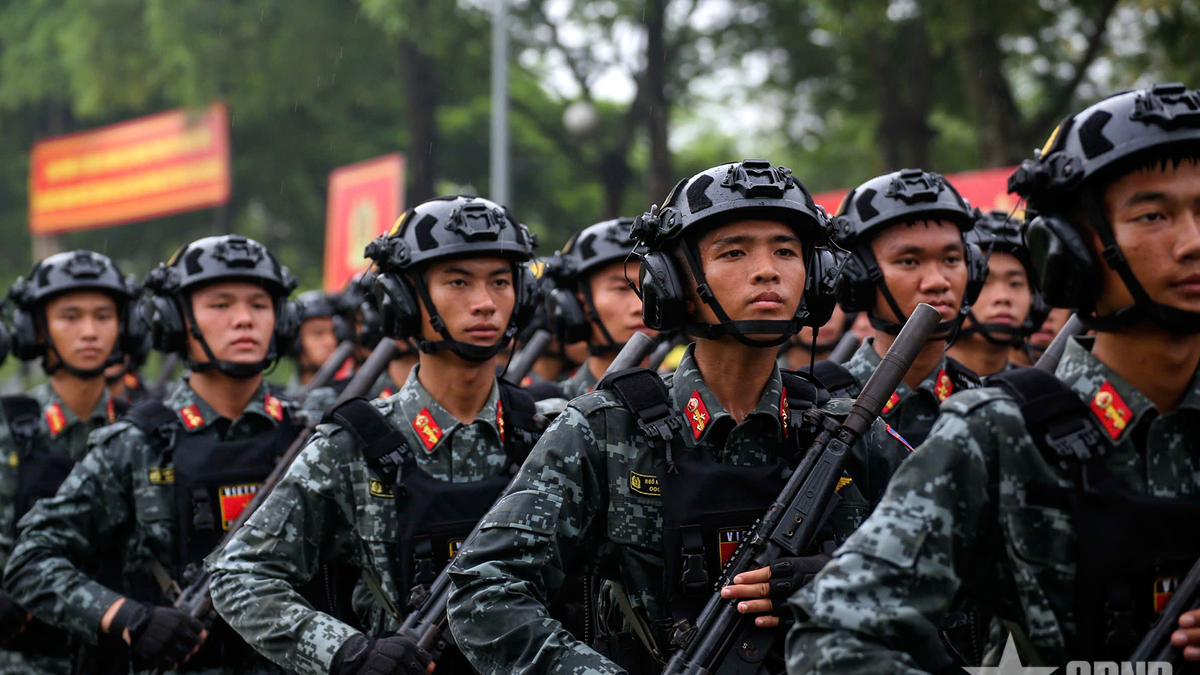
![[Photo] General Secretary and Prime Minister visit the National Exhibition and Fair Center](https://vphoto.vietnam.vn/thumb/1200x675/vietnam/resource/IMAGE/2025/8/19/f4503ad032d24a90beb39eb71c2a583f)

![[Photo] President Luong Cuong's wife and Queen of Bhutan visit Tran Quoc Pagoda](https://vphoto.vietnam.vn/thumb/1200x675/vietnam/resource/IMAGE/2025/8/19/62696af3852a44c8823ec52b03c3beb0)
![[Photo] Close-up of the first International Financial Center building in Ho Chi Minh City](https://vphoto.vietnam.vn/thumb/1200x675/vietnam/resource/IMAGE/2025/8/19/3f06082e1b534742a13b7029b76c69b6)
![[Photo] General Secretary To Lam and President Luong Cuong attend the handover ceremony of the Presidential Office Headquarters](https://vphoto.vietnam.vn/thumb/1200x675/vietnam/resource/IMAGE/2025/8/19/a37cfcbd301e491990dec9b99eda1c99)


![[Photo] General Secretary To Lam attends the inauguration and groundbreaking ceremony of 250 projects to celebrate National Day](https://vphoto.vietnam.vn/thumb/1200x675/vietnam/resource/IMAGE/2025/8/19/3aa7478438a8470e9c63f4951a16248b)
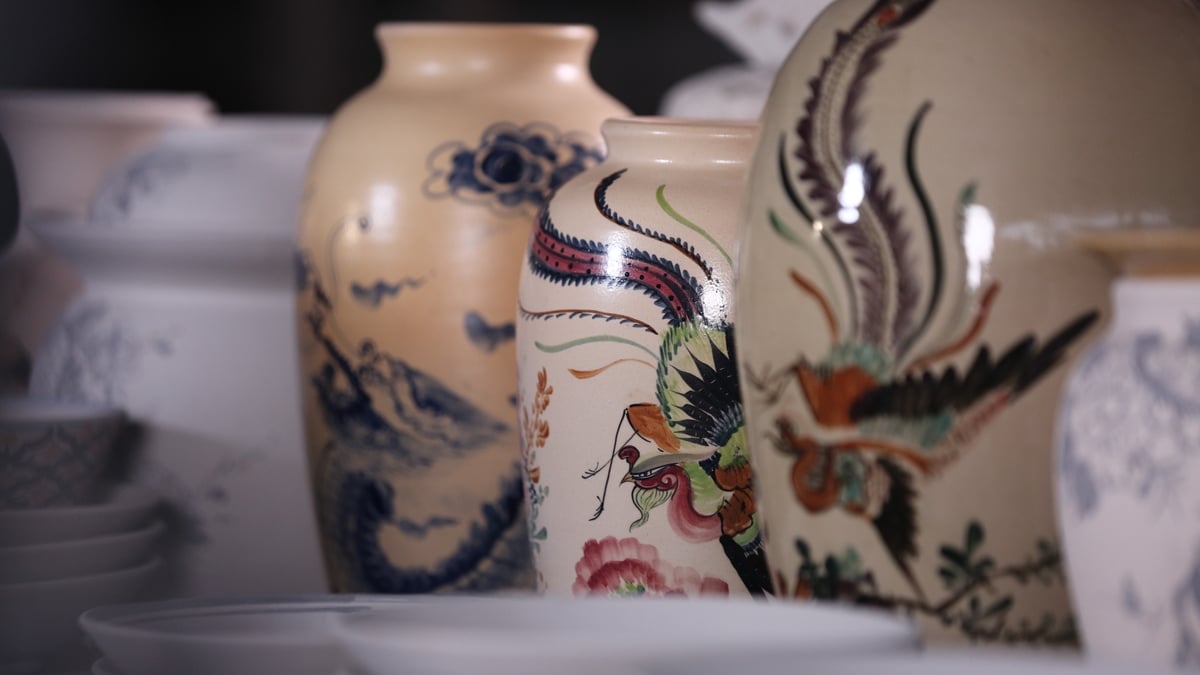
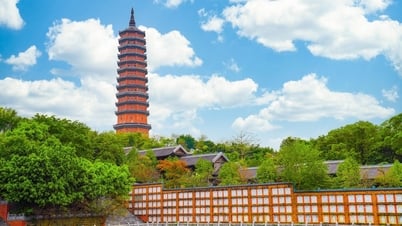

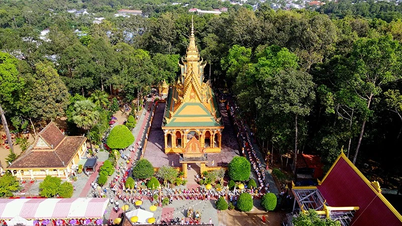

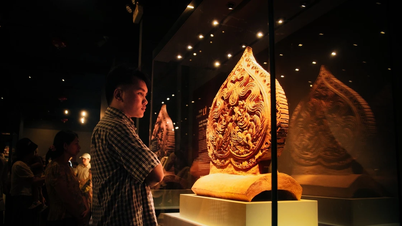







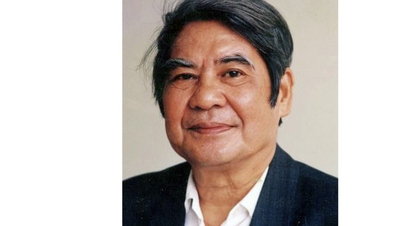

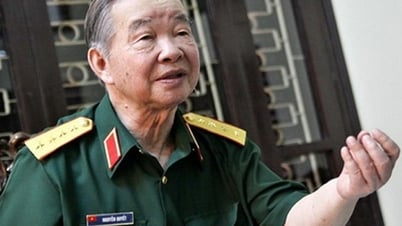

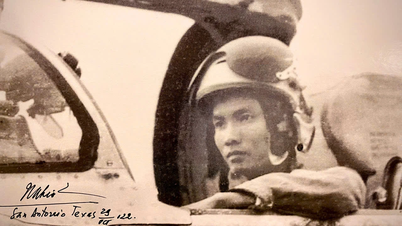





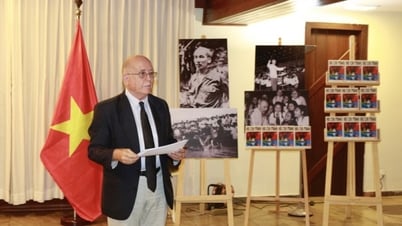







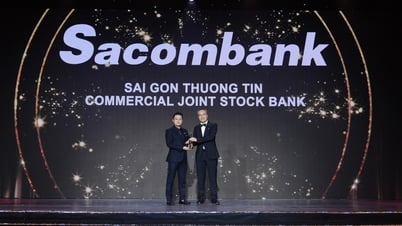




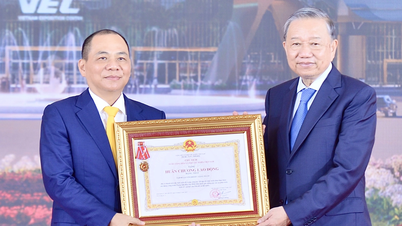


![[Photo] President Luong Cuong holds talks with King Jigme Khesar Namgyel Wangchuck of Bhutan](https://vphoto.vietnam.vn/thumb/402x226/vietnam/resource/IMAGE/2025/8/19/95a2f504f8ab4777ae48b1164382f6cf)
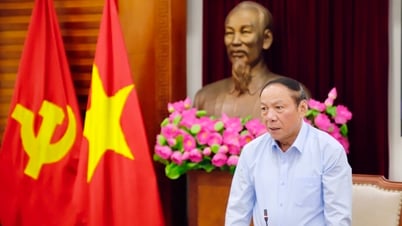

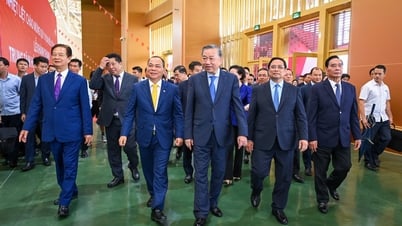



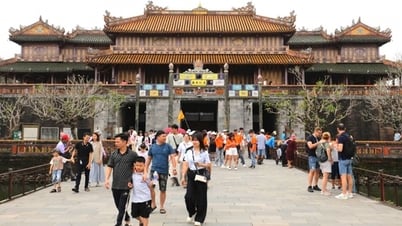

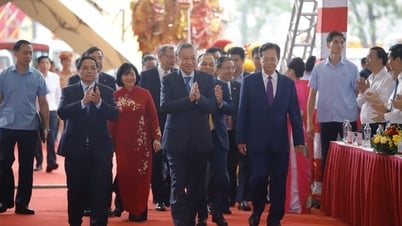










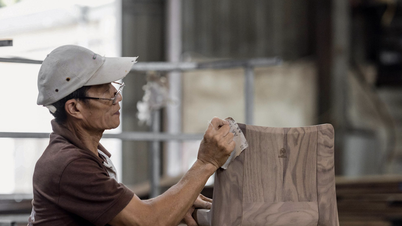



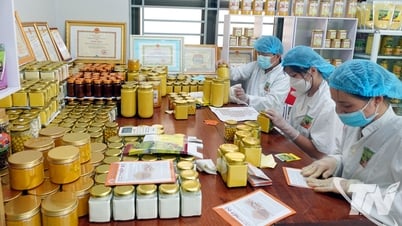









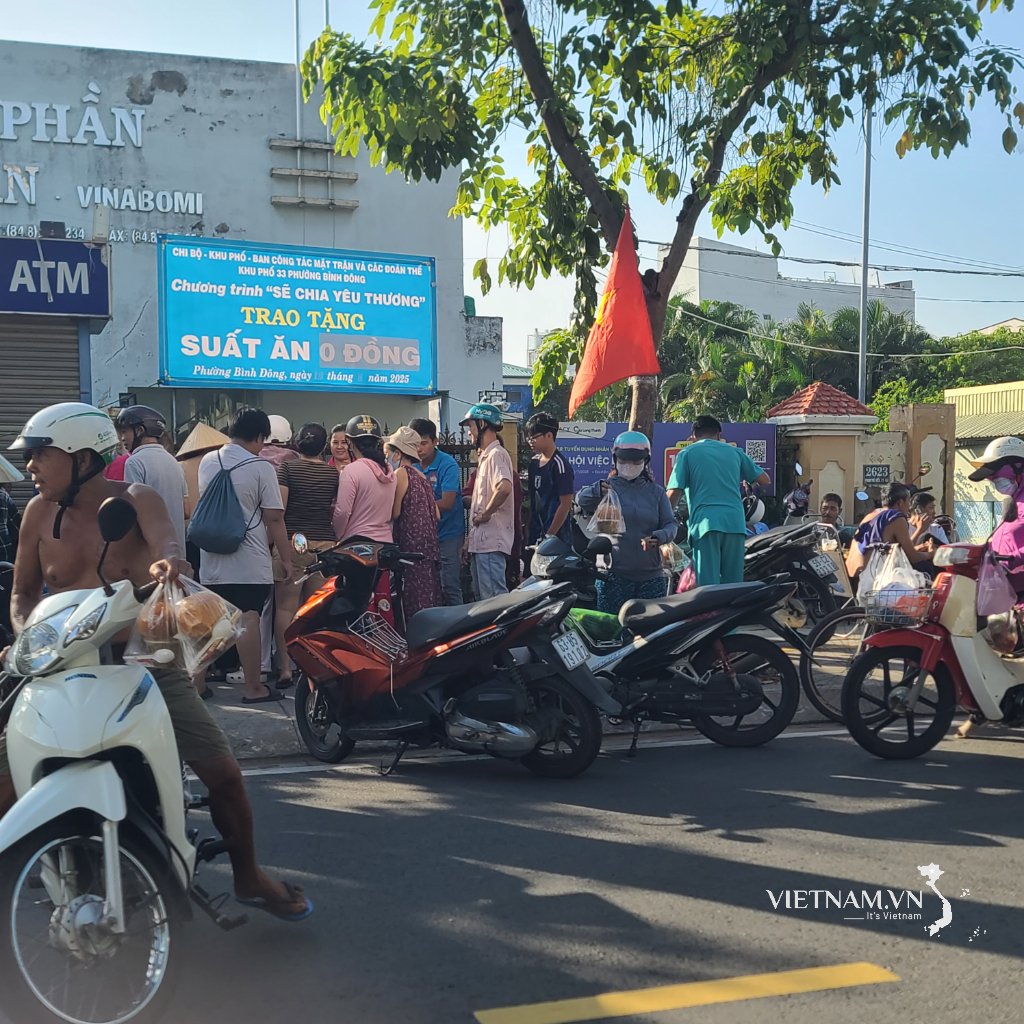
Comment (0)